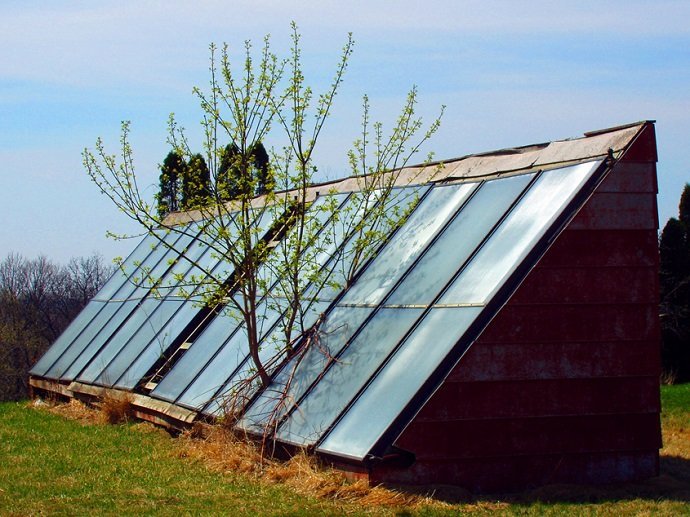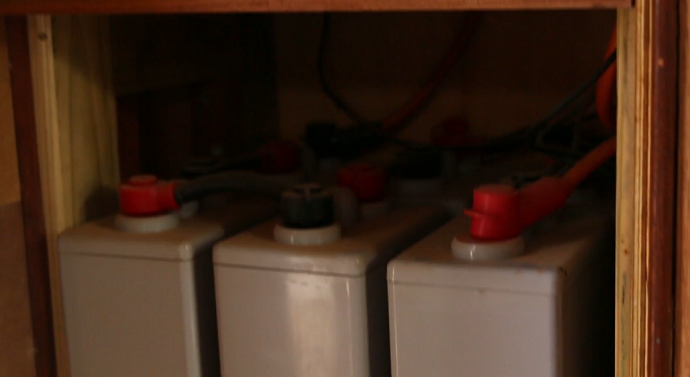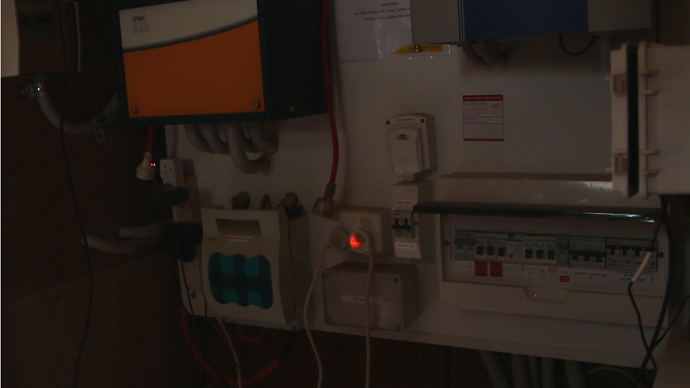
About Solar Feed-in Tariffs: Effects and Solutions
Solar power is one of the best solutions in answering the energy crisis. Aside from that, it’s renewable and environment-friendly. It’s truly a practical solution that households can take advantage of. Governments also recognize this. That’s why they offer special incentives to encourage homeowners to use solar power. One such incentive is to offer money to solar power users if they can feed energy back into the grid.
In other words, solar power users can “sell” some of the energy produced to the grid. You can get payments from your electricity retailer in exchange for the solar energy you produce. This happens especially when you generate more energy than your entire household can consume. The whole setup is called feed-in tariff or FiT.
What are feed-in tariffs
Feed-in tariffs accelerate the use of solar energy technologies. People are encouraged to install more solar panels in their roofs. More solar panels mean more potential excess energy. That excess energy can be “sold” and your electricity retailer will give you payments.
Feed-in tariffs stimulate demand for solar energy systems. It allows companies to invest more in making the solar panels more efficient. It becomes a win-win situation for both the homeowners and solar energy companies. The benefits are clear with the homeowners. That’s because they can help the environment and earn money at the same time with the setup.
The payments are attractive. In addition, it’s a cool thing to live off the grid especially during the day. The solar energy gathered is at its peak. You’ll feel some self-reliance if you generate your own energy. Add all the benefits and still one of the major incentives is the financial aspect. Remember that feed-in tariffs are initially designed to encourage residents to use more solar power.
But what happens if the FiTs or payments are not as attractive as they used to be? What happens after the rates fall down? There will be much less incentive to use more solar power. Many households will also be affected financially. We always use electricity. One slight change in the rates becomes substantial if you add them all up the whole year.
This happened in Australia, especially in New South Wales, South Australia, and Victoria. Many households might lose thousands of dollars each year because of lower feed-in tariffs. For example in New South Wales, the payment is 60 cents but it will become only 5.5-7.2 cents per kilowatt hour in exchange for the excess energy you generate.

Yes, there’s a huge difference and similar things happening in other areas around the globe. That’s why many households are now preparing. They are now busy finding solutions on how to lessen the impact that lower solar feed-in tariffs will bring. After all, we’re talking about thousands of dollars each year here.
Solution to Reduce FiT Rollback Impact
About Solar Batteries
We mentioned earlier that the goal is to become off-grid or use as little energy as possible from the grid. One of the best ways to accomplish this is by storing the excess energy generated during off-peak hours. This way you can use that energy during the night and other times when you need electricity the most.

That’s why solar batteries are becoming more popular. Roof solar panels can gather the energy during the day. Then the solar batteries will store that energy. Finally, they will also provide the energy needs during night. Your household might be experiencing peak energy use during night time because of lighting, heating, or cooling purposes. With the batteries, you can use the solar energy saved earlier instead of connecting to the grid.
The cost of energy is one of the top concerns of residents from Australia and other countries. More and more people also now want to be self-sufficient. That’s why solar batteries are becoming more popular. Households feel a bit of control when they have solar power and batteries to rely on.

There you have it. You’ve learned the effects of feed-in tariffs. You’ve also learned the solutions you can implement starting today. This way you’ll get the most out of your solar power systems and become more self-sufficient.
References
https://www.abc.net.au/news/2016-07-19/bill-shock-looms-as-lucrative-solar-tariffs-roll-back/7638952
https://www.solarcitizens.org.au/life_after_FiTs
https://www.abc.net.au/news/2016-02-02/tesla-powerwall-what-it-means-for-australia’s-energy/7130392
https://www.permaculturenews.org/2012/08/06/solar-power-is-it-convenient-for-you/












